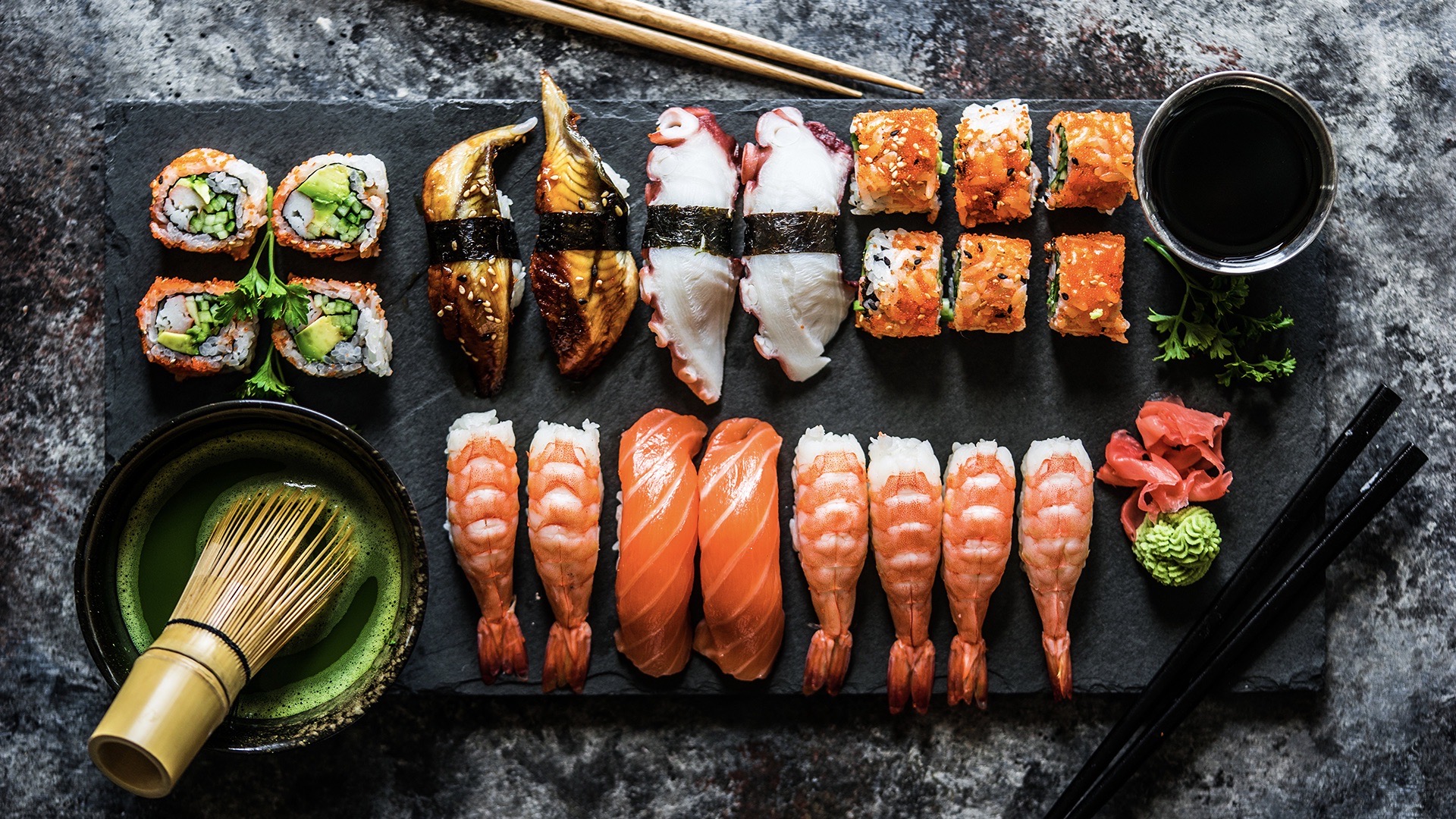20Shift: Your Daily Dose of Insight
Stay updated with the latest trends and news across various domains.
Lens Licks: Capturing Deliciousness in Every Bite
Dive into Lens Licks for mouthwatering food photography tips and tricks that make every bite look irresistible!
5 Tips for Perfect Food Photography: Capturing Every Detail
Capturing stunning food photography is an art that requires some practice and the right techniques. Here are 5 tips for perfect food photography:
- Natural Lighting: Always use natural light to enhance the colors and textures of your food. Position your dish near a window or outside during golden hour for the best results.
- Simple Backgrounds: A clutter-free backdrop helps your food stand out. Use neutral-colored surfaces or minimalistic props to draw attention to your dish.
- Composition: Experiment with different angles and perspectives. Shooting from above is great for flat lays, while a slight angle can emphasize height and layers.
- Focus on Details: Zoom in on the textures and details of the food, such as the glistening sauce or fresh herbs.
- Edit Wisely: Post-processing can enhance your images but avoid over-editing. The goal is to keep the food looking as delicious as it does in real life.

The Science Behind Food Styling: How to Make Your Dishes Irresistible
The science behind food styling combines art and psychology to create visually appealing dishes that entice and excite the senses. When you plate your food, consider the color and texture of the ingredients. A well-balanced dish often includes contrasting colors and shapes, which not only enhances aesthetic appeal but also stimulates appetite. For instance, pairing vibrant greens with rich reds or creamy whites creates a feast for the eyes. Additionally, the right use of negative space on the plate can draw attention to the food, making it the centerpiece of any dining experience.
Another essential factor in food styling is the use of varied heights and layers. Elevating certain components of the dish can add depth and interest, transforming a flat presentation into a dynamic culinary masterpiece. Techniques such as using ramekins for sauces or stacking ingredients can create visual intrigue. Remember to consider the lighting as well; natural light enhances the colors and textures of your dish, making it appear more appetizing in photographs. With these principles in mind, you can elevate your culinary creations, making them truly irresistible to both the eye and the palate.
What Equipment Do You Need for Stunning Food Photography?
To achieve stunning food photography, the right equipment is essential. First and foremost, you'll need a camera that allows for manual settings, giving you control over exposure and aperture. While a DSLR or mirrorless camera is ideal, even high-quality smartphones can produce great results with the right techniques. Additionally, consider investing in a high-quality lens—a prime lens with a wide aperture (such as 50mm f/1.8) can create a beautiful depth of field, making your dishes pop against a softly blurred background. Supplement your camera gear with a sturdy tripod to ensure stability during shooting, especially in low-light conditions.
In addition to a camera and tripod, lighting is another crucial factor in food photography. Natural light is often the best option, so set up near a window to take advantage of soft, diffused light. If you’re shooting indoors without sufficient natural light, consider investing in artificial lighting equipment, such as softboxes or LED panels. Don't forget about other accessories like reflectors to bounce light and enhance shadows, along with a styling kit including props like plates, utensils, and backdrops to set the perfect scene for your delectable dishes. With the right equipment and some practice, you can elevate your food photography to new heights.